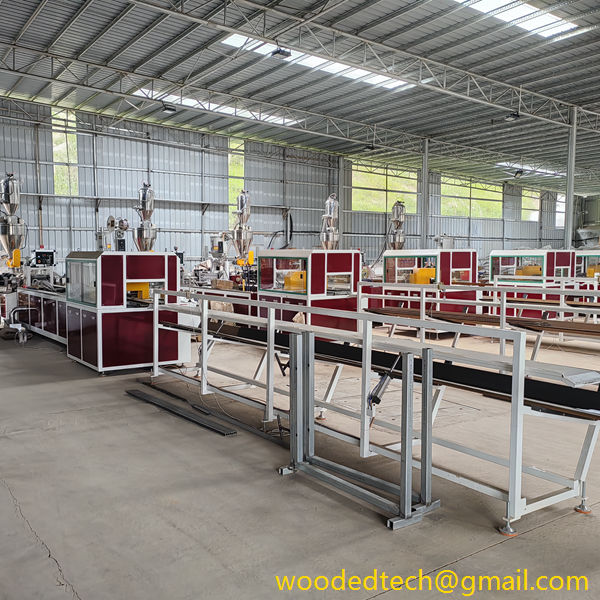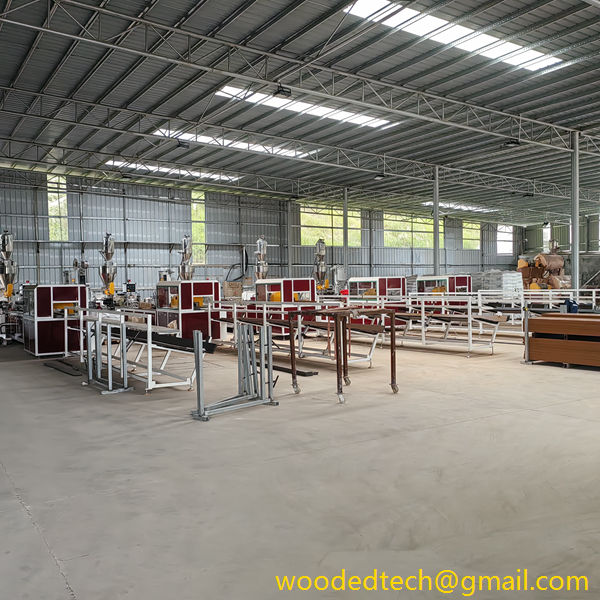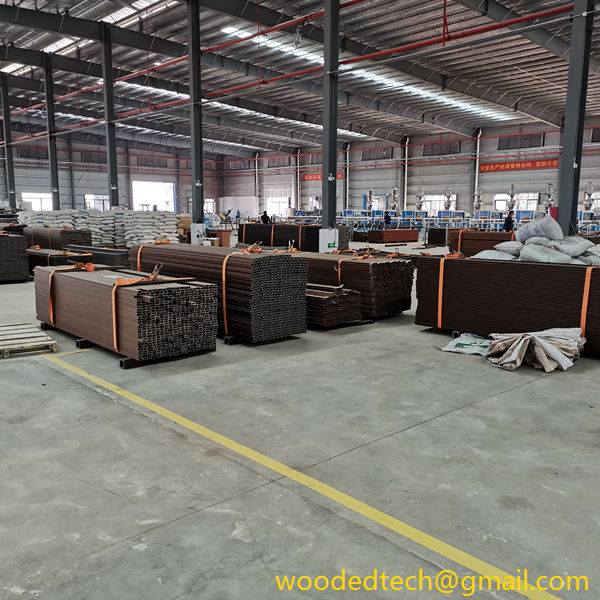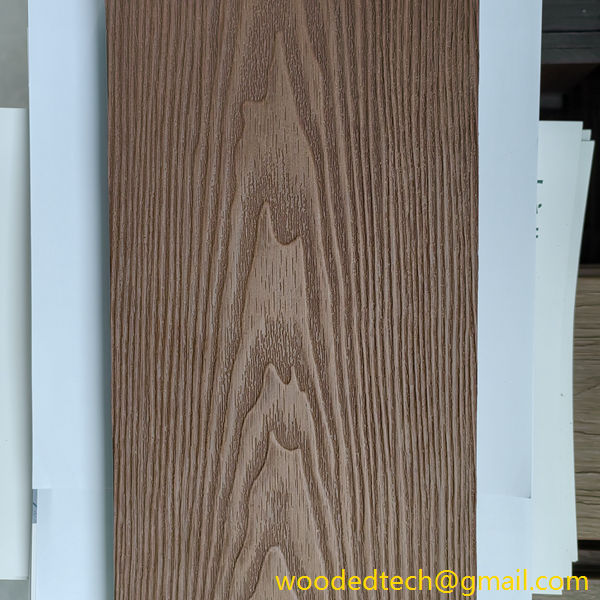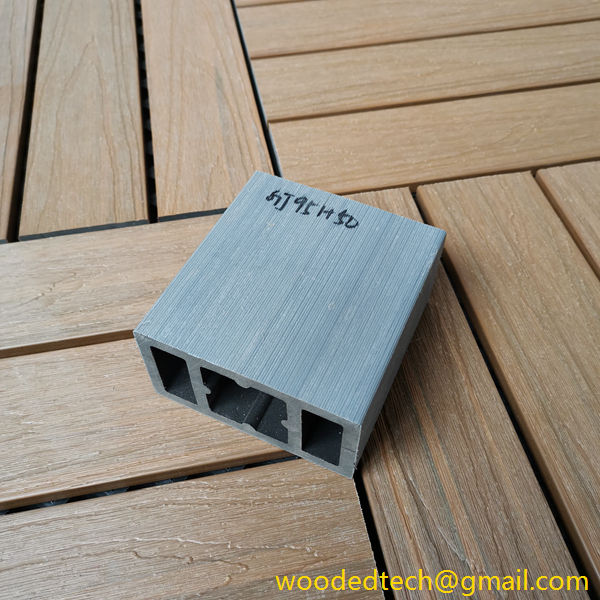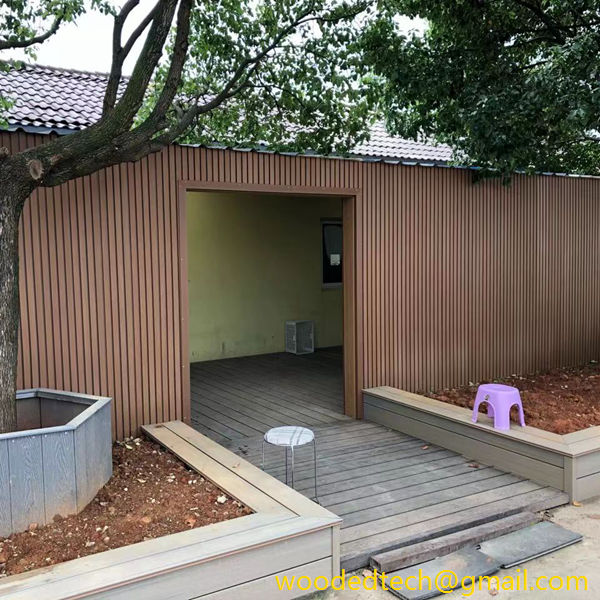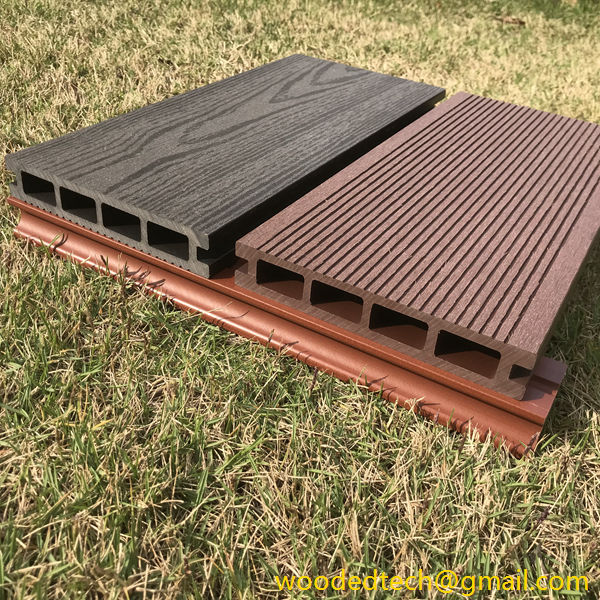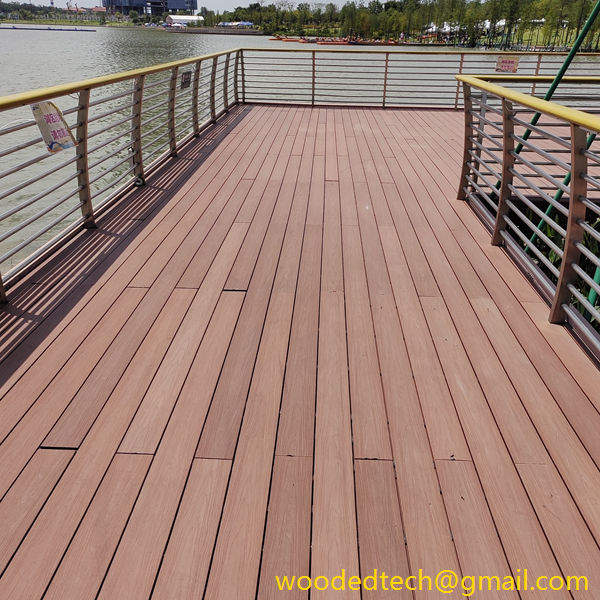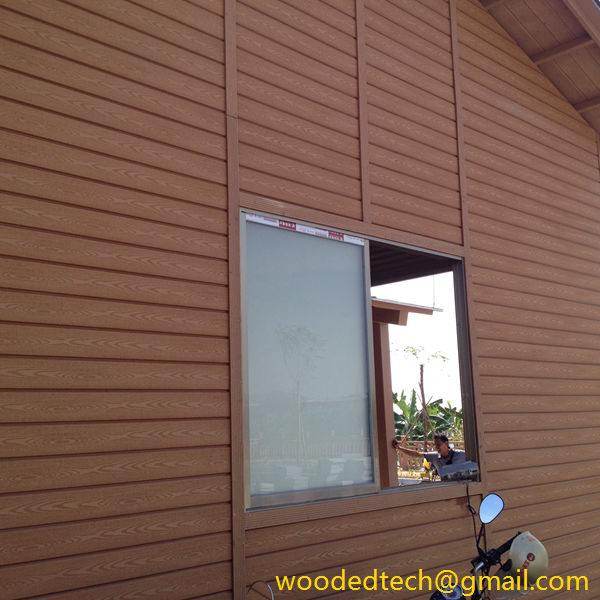The WPC Extrusion Process Explained for Better Manufacturing Insights
The wood-plastic composite (WPC) industry has witnessed remarkable growth in recent years, driven by increasing demand for sustainable materials and innovative manufacturing techniques. One of the key processes behind the production of WPC is the extrusion process. This article aims to provide a comprehensive understanding of the WPC extrusion process, its significance in manufacturing, and…
The wood-plastic composite (WPC) industry has witnessed remarkable growth in recent years, driven by increasing demand for sustainable materials and innovative manufacturing techniques. One of the key processes behind the production of WPC is the extrusion process. This article aims to provide a comprehensive understanding of the WPC extrusion process, its significance in manufacturing, and the advantages it offers to various industries.
WPC is a composite material made from a combination of wood fibers, plastic, and additives. It combines the natural aesthetics of wood with the durability and low maintenance of plastic, making it an ideal choice for a wide range of applications, including decking, fencing, furniture, and automotive parts. The extrusion process is a critical step in transforming raw materials into finished products, enabling manufacturers to create complex shapes and profiles that meet specific design requirements.
The extrusion process begins with the preparation of the raw materials. Wood fibers, typically sourced from recycled wood or sawdust, are combined with thermoplastic polymers, such as polyethylene or polypropylene. Various additives, including colorants, UV stabilizers, and foaming agents, may also be included to enhance the performance and appearance of the final product. The precise formulation of these materials is crucial, as it affects the mechanical properties, durability, and overall quality of the WPC.
Once the materials are prepared, they are fed into an extruder, which is a machine that melts and mixes the components. The extruder consists of a long barrel with a rotating screw that conveys the materials through a series of heating zones. As the materials move along the barrel, they are subjected to increasing temperatures, which melt the plastic and allow it to blend with the wood fibers. The temperature and pressure within the extruder are carefully controlled to ensure optimal melting and mixing, which is essential for achieving a uniform composite.
After the materials have been adequately mixed and melted, they are forced through a die, which shapes the molten composite into a continuous profile. The design of the die is critical, as it determines the final shape and dimensions of the WPC product. Common profiles produced through this process include planks, boards, and various custom shapes that can be used for different applications. The extrusion process allows for the production of long lengths of material, reducing waste and improving efficiency in manufacturing.
Once the WPC exits the die, it is cooled and solidified. This cooling process can be achieved through air cooling or water cooling, depending on the specific requirements of the product. After cooling, the extruded WPC can be cut into desired lengths and subjected to additional processes, such as surface finishing, sanding, or coating, to enhance its appearance and performance.
One of the most significant advantages of the WPC extrusion process is its ability to produce highly durable and weather-resistant products. Unlike traditional wood, WPC is resistant to moisture, rot, and insect damage, making it an ideal choice for outdoor applications. Additionally, the incorporation of plastic in the composite provides enhanced UV resistance, preventing discoloration and degradation over time. These properties make WPC an attractive alternative for consumers seeking low-maintenance solutions.
Moreover, the WPC extrusion process is environmentally friendly. By utilizing recycled wood fibers and plastic, manufacturers can reduce waste and promote sustainability. The ability to produce WPC from renewable resources also aligns with the growing demand for eco-friendly materials in various industries. As consumers become more conscious of their environmental impact, the WPC market is expected to continue its upward trajectory.
The versatility of WPC products is another factor contributing to the booming market. The extrusion process allows for a wide range of customization options, enabling manufacturers to produce materials in various colors, textures, and finishes. This flexibility caters to diverse consumer preferences and design trends, making WPC suitable for residential and commercial projects alike. From stylish outdoor decking to innovative interior furnishings, the possibilities are virtually limitless.
As the WPC market continues to expand, manufacturers are increasingly investing in advanced extrusion technologies to enhance production efficiency and product quality. Innovations such as co-extrusion, where multiple layers of materials are extruded simultaneously, allow for the creation of products with improved aesthetics and performance characteristics. Furthermore, the integration of automation and digital technologies in the extrusion process streamlines operations and reduces production costs, ultimately benefiting manufacturers and consumers.
In conclusion, the WPC extrusion process is a vital aspect of the booming wood-plastic composite market. By combining wood fibers and plastic through advanced manufacturing techniques, producers can create durable, sustainable, and visually appealing products that meet the demands of modern consumers. The continuous evolution of extrusion technologies, coupled with the growing emphasis on eco-friendly materials, positions WPC as a leading choice for a wide range of applications. As the market for WPC continues to flourish, understanding the intricacies of the extrusion process will provide valuable insights for manufacturers looking to capitalize on this thriving industry.

